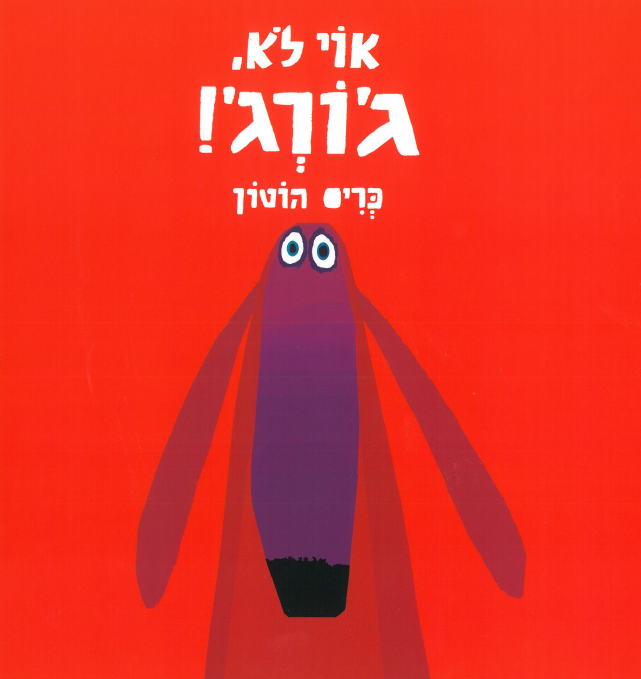אוי לא, ג'ורג'! / כתב ואייר: כריס הוטון
גננת יקרה,
לכלבלב ג'ורג' קשה להתאפק ולא לעשות דברים אסורים. לפעמים הוא מצליח, ולפעמים לא כל כך. סיפור קליל ומשעשע על הבחירה בין טוב לרע ועל האפשרות לתקן גם אם קלקלנו.
"אם אתה מאמין שיכולים לקלקל תאמין שיכולים לתקן" (רבי נחמן מברסלב)
סיפורו של הכלב ג'ורג', שכל כך אוהב לחפור בבוץ, לחטט בפחי אשפה ולרדוף אחרי חתולים, מזכיר חוויות של ילדים צעירים, שנמשכים לא פעם דווקא למה שנאסר עליהם/שנמשכים לעשות דווקא את מה שאסור. כמו האריס, לגננת ולהורים תפקיד חשוב להנחות את הילדים וללמד אותם את גבולות המותר והאסור בנחישות ובאהבה, בלי לאבד את חוש ההומור ותוך שמירה על פרופורציות.
הקושי להישמע לכללים מלווה את כולנו לאורך החיים. כבר מגיל צעיר מאוד ילדים לומדים להבחין בין אסור למותר, בין טוב לרע, ולבחור ביניהם. לא תמיד קל לשמור על הגבולות שהסביבה מציבה לנו. עקרון הבחירה החופשית הוא אחד מיסודות היהדות. כל אדם רשאי להחליט אילו מעשים לעשות או לא לעשות. ואם המעשה התברר כטעות, אפשר להתחרט עליו וללמוד את הלקח שלא לחזור עליו. כך אנחנו מתקנים את מעשינו ולומדים להיות אנשים טובים יותר.
"חנוך לנער על פי דרכו" (משלי כב ו(
כיצד את מלמדת את ילדי הגן להתנהג בהתאם לנורמות חברתיות ולכללי הגן? מתי את מבליטה ומשבחת אותם על מעשים טובים, וכיצד את מתערבת כאשר את רואה שעומדים לעשות (או כבר עשו!) דבר אסור? איזה תפקיד משחקים סדר היום בגן, הדגמת התנהגות ראויה ("מודלינג"), שירים וסיפורים, אפילו חוש הומור - בעידוד איפוק, מעשים טובים והתנהגות ראויה?
לכל אחת גישה חינוכית אשר מנחה את עבודתה בגן. גישה זו מושפעת מידע מקצועי ומהאמונות האישיות שלה ומותאמת למאפייני גיל הילדים, אכולוסיית הגן, חברות הצוות ועוד. אנו מקווים שהסיפור החינני והמשעשע על הכלבלב ג'ורג' יסייע לך בעבודתך ויתווסף ל"ארגז הכלים המקצועיים" שכבר ברשותך. קריאה נעימה!








